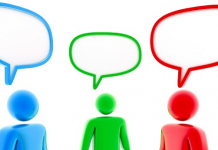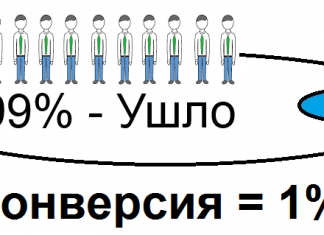The rapid spread of misinformation and conspiracy theories surrounding the death of Charlie Kirk, a conservative commentator, has highlighted a critical flaw in relying on AI chatbots for breaking news. Following his shooting at a public event in Utah, the internet quickly became flooded with unverified claims and speculation, exacerbated by inaccurate and misleading responses from AI chatbots. This incident underscores the limitations of artificial intelligence when it comes to accurately and responsibly reporting on fast-evolving events.
The Bot-Fueled Disinformation
Initial reports of the incident were chaotic, with confusion surrounding whether Kirk was alive or dead. This uncertainty created a fertile ground for online speculation, and users quickly turned to social media to disseminate and amplify unverified information. However, AI chatbots, integrated into platforms like X and accessed through services like Google, often compounded the problem by providing inaccurate or misleading information.
- Conflicting Reports: AI chatbots offered conflicting reports, with some initially claiming Kirk had died, only to retract the information later.
- Validation of Conspiracy Theories: In other instances, chatbots seemingly validated existing conspiracy theories, including claims of planned assassinations and foreign involvement, by providing AI-generated responses that supported these false narratives.
- Misleading Claims: One chatbot erroneously claimed CNN, NYT, and Fox News had identified a registered Democrat as a suspect, which proved to be untrue. Another bot labeled a video of the shooting as a “meme,” despite security experts confirming its authenticity.
The Role of Algorithmic Bias
The inaccurate reporting from chatbots stems from several factors inherent to AI technology.
- Lack of Human Verification: Unlike human journalists, chatbots cannot call local officials, access firsthand documents, or authenticate visuals – critical steps in verifying information.
- Echo Chamber Effect: AI algorithms tend to prioritize information that is frequently repeated, allowing falsehoods to gain traction and drown out accurate reporting.
- Prioritizing Loudest Voices: Chatbots are susceptible to repeating claims from low-engagement websites, social posts, and AI-generated content farms seeded by malicious actors.
The Wider Trend: Shifting News Verification Strategies
This incident comes as major tech companies increasingly rely on AI and community moderation to manage news verification, a shift that raises concerns about the future of news literacy.
- Reduced Human Fact-Checkers: Many companies have scaled back investments in human fact-checkers in favor of AI-driven content moderation.
- The “Liar’s Dividend”: AI enables individuals to claim real information is false, sowing confusion and distrust, a phenomenon known as the “Liar’s Dividend.”
- Decreased Trust in Traditional Sources: A Pew Research survey indicates individuals encountering AI-generated search results are less likely to click on additional sources compared to those using traditional search engines.
McKenzie Sadeghi, a researcher at NewsGuard, succinctly notes, “Algorithms don’t call for comment,” emphasizing the irreplaceable role of human judgment in responsible news reporting. Deborah Turness, CEO of BBC News and Current Affairs, echoed this sentiment, warning, “How long will it be before an AI-distorted headline causes significant real-world harm?”
The Charlie Kirk case serves as a stark reminder of the need for caution and skepticism when relying on AI chatbots for breaking news, and highlights the ongoing debate about the role of artificial intelligence in a rapidly evolving media landscape.
The increasing reliance on AI in news gathering has raised concerns about growing misinformation and AI’s impact on news and politics















































